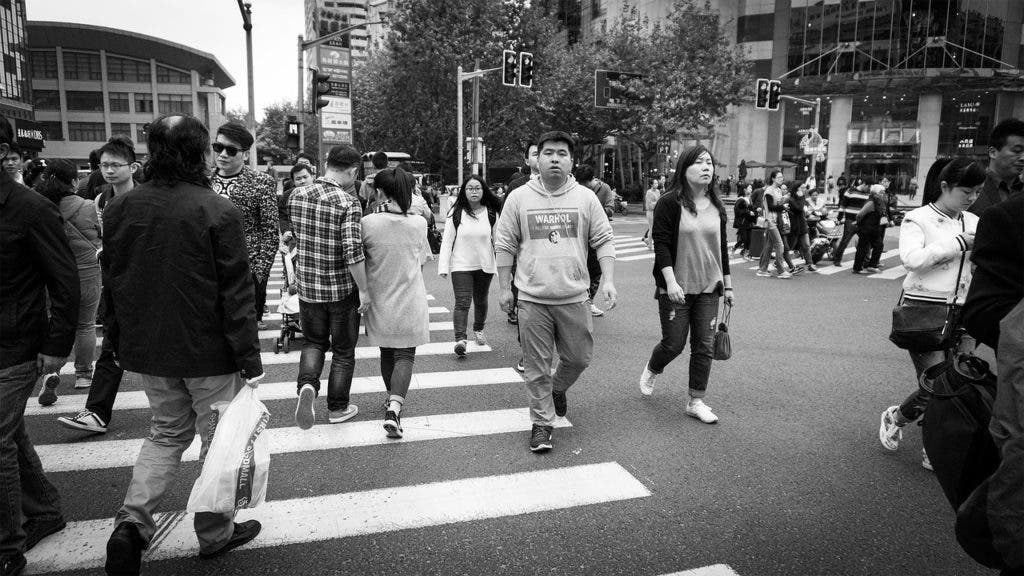There are still many things we don’t yet know about the novel coronavirus, but one thing’s for sure: it’s not going away anytime soon.

It all started in China — in a Wuhan seafood market. Several people came down with what appeared to be a pneumonia-like virus.
The virus was genomically sequenced, and researchers confirmed that it is in the same family as SARS, MERS, and the common cold. But it’s pretty nasty, and there’s no confirmed treatment for it at the moment.
The virus was spreading from animal to animal, but it recently seems to also be capable of jumping from animal to human — and in some cases, even from human to human. This makes it particularly dangerous, and China has been actively trying to contain its spread.
But it’s not working very well.
As the World Health Organization is planning to meet in Geneva to decide whether the outbreak is a public health emergency of international concern, the CDC has reported that the disease has reached the US.
“The Centers for Disease Control and Prevention (CDC) today confirmed the first case of 2019 Novel Coronavirus (2019-nCoV) in the United States in the state of Washington. The patient recently returned from Wuhan, China, where an outbreak of pneumonia caused by this novel coronavirus has been ongoing since December 2019,” the statement reads. The US is already carrying screening at several airports, including New York and Atlanta.
It’s not clear how easily the virus can spread for human to human; but until recently, medics didn’t think this was possible at all. There are concerns that this may echo a 2003 episode, where a severe acute respiratory syndrome (also caused by a coronavirus from China) spread to more than 30 countries. Right now, determining how easily the virus spreads from person to person is vital, but that’s not clear yet. Determining the best course of treatment (or developing a new treatment) is also crucial.
So far, there have been over 300 confirmed cases, and the virus has already claimed six lives. The virus has already gone international, reaching Taiwan, Thailand, Japan, South Korea, and the Philippines. North Korea has reportedly shut down its borders for tourists until the situation clarifies.
In China, the virus has already reached Beijing, Shanghai, and Shenzen — three of China’s most populous cities. As hundreds of millions of Chinese people are expected to travel for the upcoming Lunar New Year holiday, the viral dispersion may be further widened.
Signs of infection include respiratory symptoms, fever, cough, shortness of breath and breathing difficulties, largely similar to pneumonia.
If you have been in contact with anyone from these infected areas and have similar symptoms, do report to the doctor. The World Health Organization has advised people to avoid “unprotected” contact with live animals and thoroughly cook meat and eggs.
This article was edited as the virus has reached Washington state, not Washington DC (as was initially stated).


